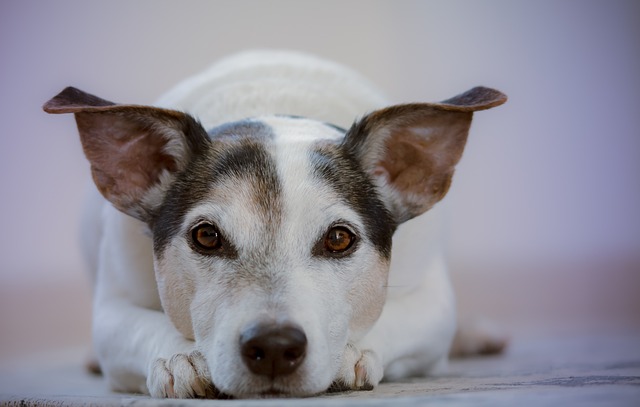
what will seizures do to a dog
Watching your dog experience a seizure is a heart - wrenching sight for any pet owner in the U.S. As a new dog parent, you may be left wondering: What will seizures do to a dog?
Discovering your dog injured is a heart - stopping moment. Panic might set in, but your calm actions in these crucial moments can make all the difference, both for your pet’s well - being and in complying with animal welfare regulations. Knowing the right steps to take ensures you’re providing proper care while avoiding any legal missteps.
The first few minutes after an injury are critical. Approach your dog slowly and gently, speaking in a soothing voice to keep them calm. Sudden movements or loud noises could startle an already - stressed dog, potentially causing them to lash out or worsen their injury. If the dog is in immediate danger, like in traffic, use a leash or a piece of cloth to carefully move them to safety, being mindful not to cause further harm.
Once in a safe place, assess the severity of the injury. Check for obvious signs like bleeding, broken bones, or difficulty breathing. For minor cuts and scrapes, apply gentle pressure with a clean cloth or bandage to stop the bleeding. But for serious injuries such as deep wounds, seizures, or unconsciousness, contact your vet or an emergency animal hospital right away. In many areas, failing to seek prompt medical help for a severely injured pet can be considered neglect under animal care laws.

When transporting an injured dog, safety is key. If possible, use a pet carrier or a car seatbelt designed for dogs. For larger dogs, have someone support their body to prevent jostling during the drive. Avoid unnecessary movements that could aggravate fractures or internal injuries. Remember, just as you’d secure a child during travel, properly restraining an injured dog is not only a matter of care but also aligns with responsible pet - handling norms.
At the vet’s office, be prepared to answer questions about how the injury occurred and any symptoms you’ve noticed. Provide a detailed medical history if you can, including vaccination records. While waiting for treatment, keep your dog calm and comfortable. Once you receive the diagnosis and treatment plan, listen carefully to the vet’s instructions—following their advice is not just best practice but often required by law to ensure proper animal care.
During the recovery period at home, create a quiet, comfortable space for your dog. Keep them away from stairs, rough play, and other pets that might accidentally bump into them. Administer medications exactly as prescribed, and never skip doses. Monitor the wound regularly for signs of infection like redness, swelling, or discharge. If you notice anything concerning, contact your vet immediately.
Taking care of an injured dog demands patience, attentiveness, and a commitment to following professional advice. By acting quickly, seeking proper medical care, and providing attentive home - based support, you’re not only helping your furry friend heal but also fulfilling your responsibilities as a conscientious pet owner in line with community and legal expectations.

Watching your dog experience a seizure is a heart - wrenching sight for any pet owner in the U.S. As a new dog parent, you may be left wondering: What will seizures do to a dog?

Picture your Beagle, Charlie, suddenly collapsing in your New York apartment kitchen. His legs paddle wildly, jaw chomping at the air, eyes glazed—terrifying, helpless, and utterly disorienting.

Discovering your dog injured is a heart - stopping moment. Panic might set in, but your calm actions in these crucial moments can make all the difference, both for your pet’s well - being and in complying with animal welfare regulations.

You’ve just noticed your dog showing concerning symptoms like a swollen belly, restlessness, and unproductive vomiting. Panic sets in as you wonder: how long can dogs survive with GDV?

You’ve welcomed a new dog into your home, and as you watch them shy away from visitors or cower at the sight of a friendly face on a walk

For many dog owners, skipping nail trims might seem like a harmless oversight, but it can snowball into serious issues—both for your pet’s health and your legal responsibilities.